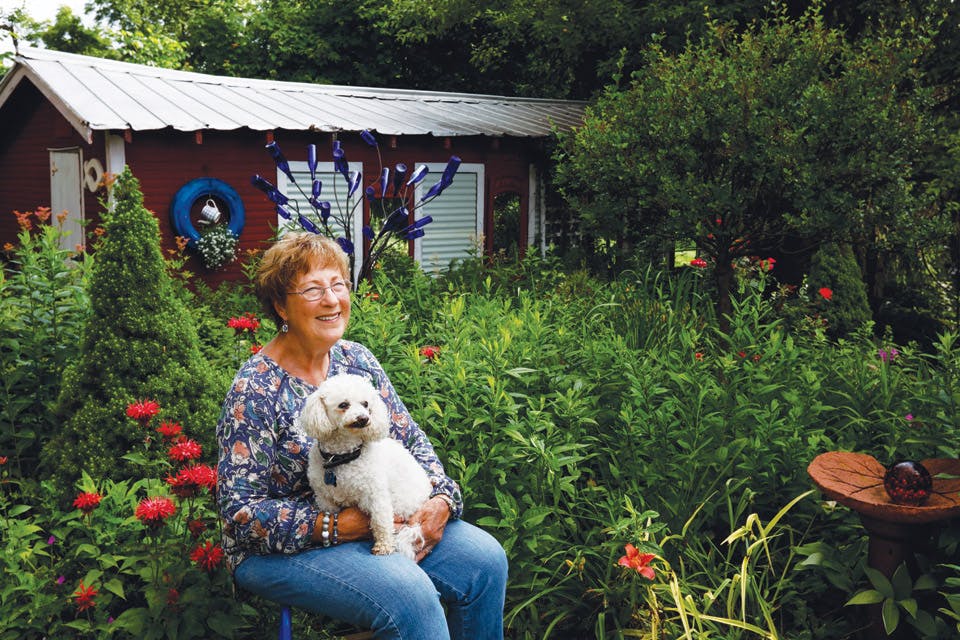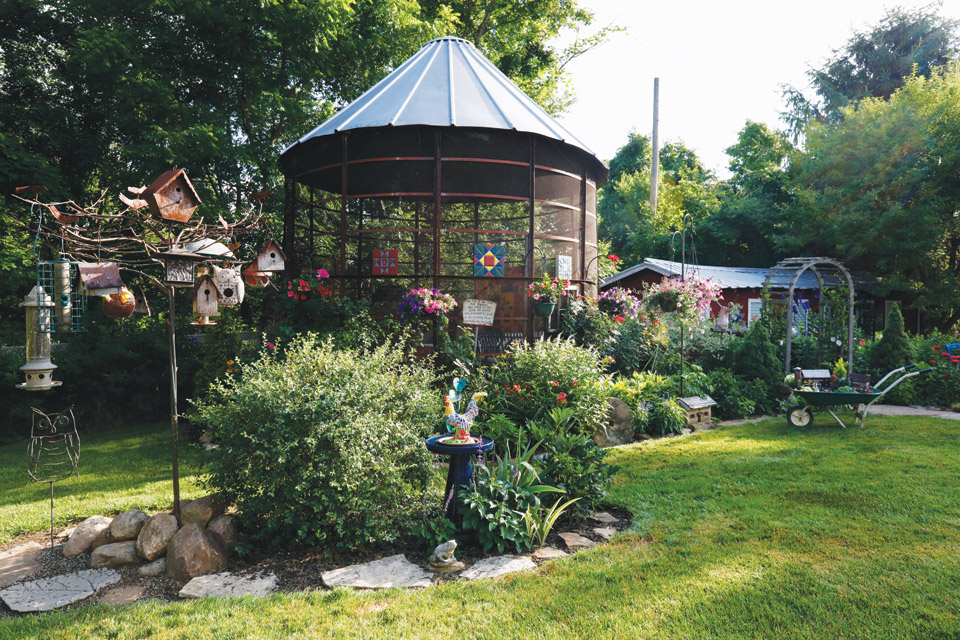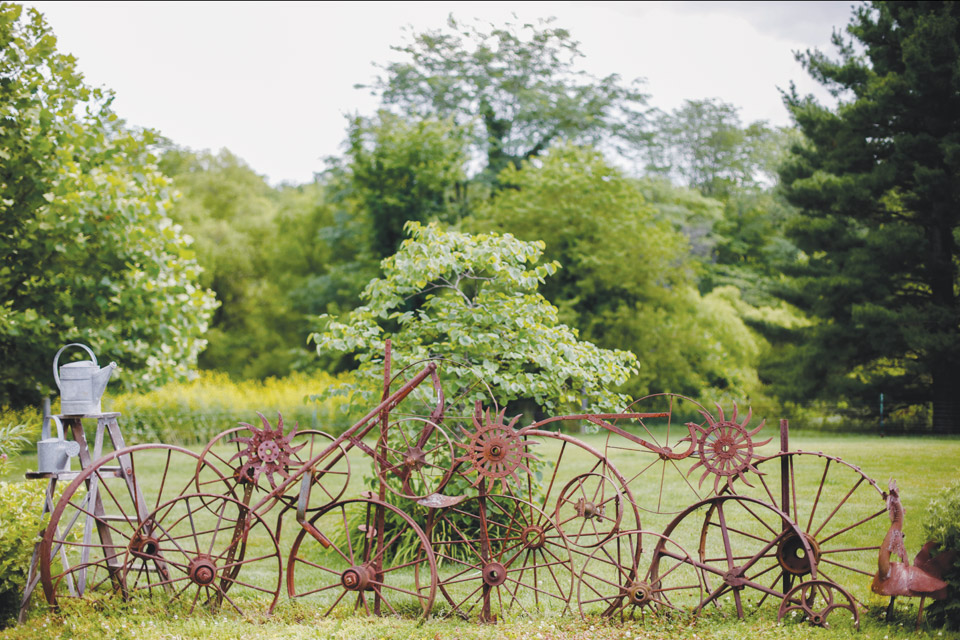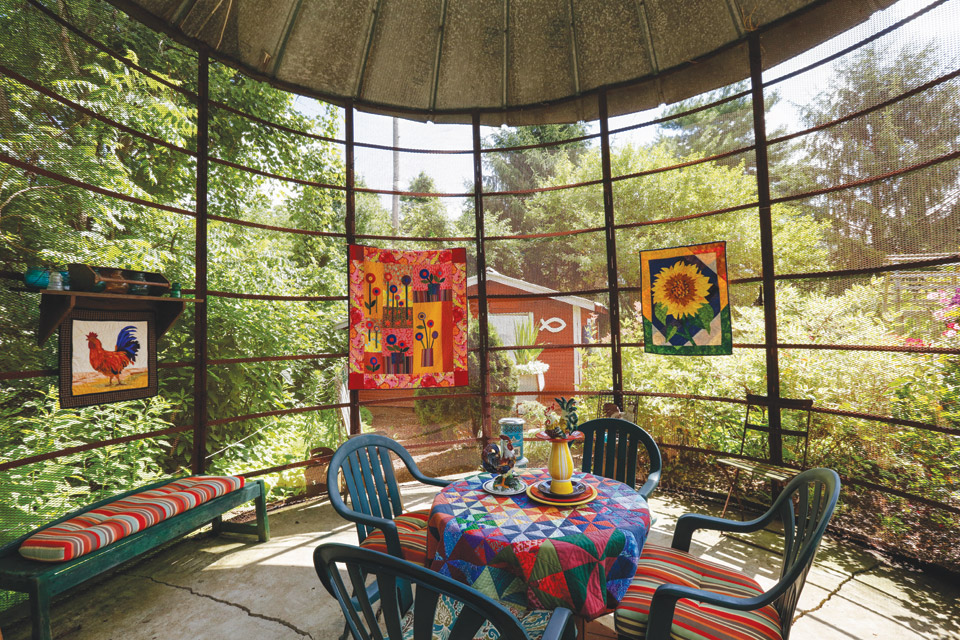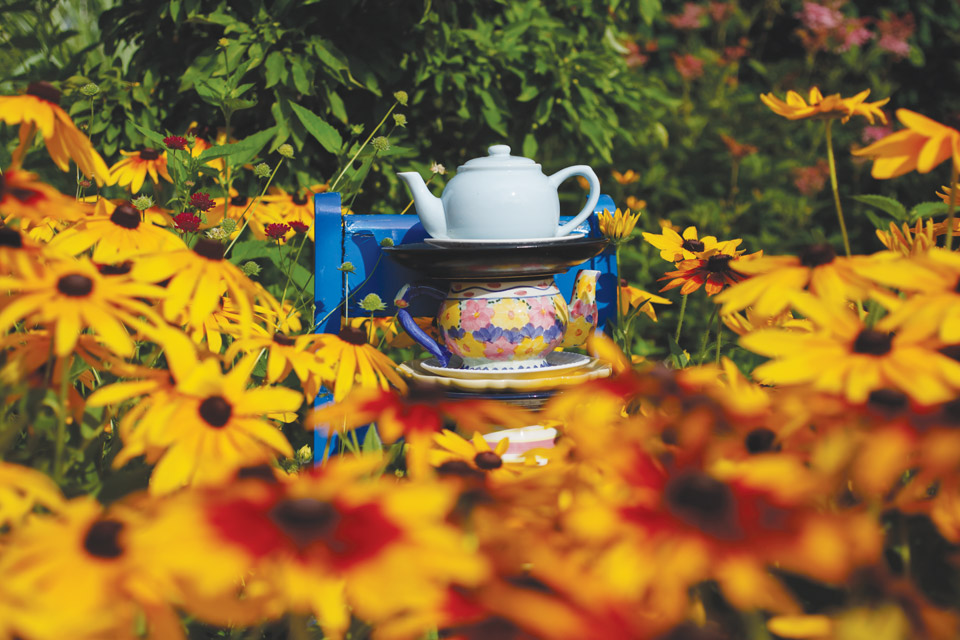Home + Garden
How to Decorate Your Garden with Salvaged Farm Treasures
Gardener Diana Daily finds new life for salvaged farm treasures. Step into her yard and learn how you can do the same at home.
Related Articles
.jpg?sfvrsn=fc2b738_5&w=960&auto=compress%2cformat)
Grow an Ohio Garden with the Native Plant Backyard Challenge
Make your outdoor space into a haven for birds, butterflies and pollinators this season by taking part in this National Audubon Society program. READ MORE >>
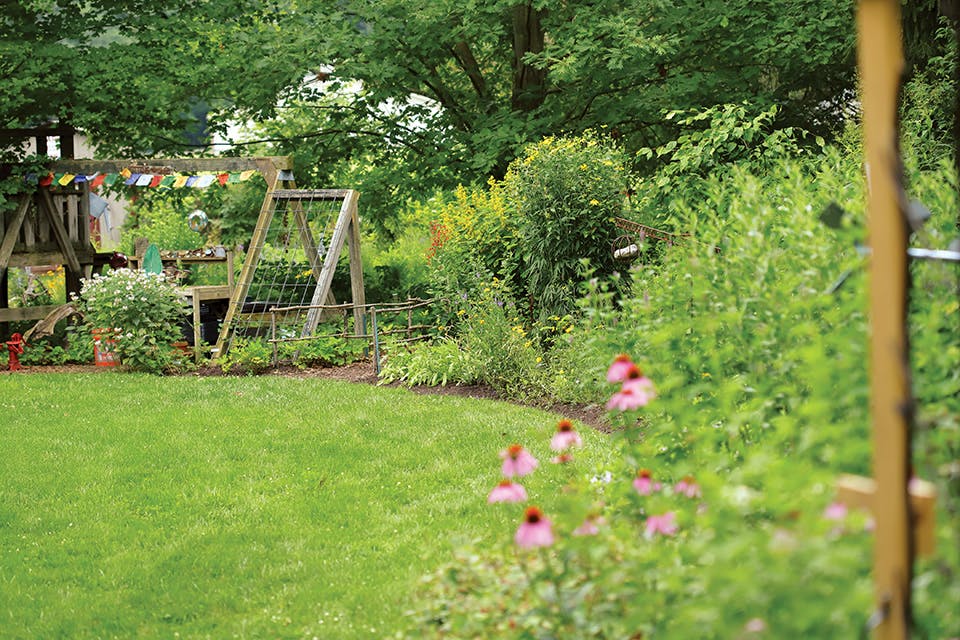
How to Plant a Native Ohio Garden
Terri and Randy Litchfield created a living landscape of native plants outside their Delaware home. Here’s how you can, too. READ MORE >>
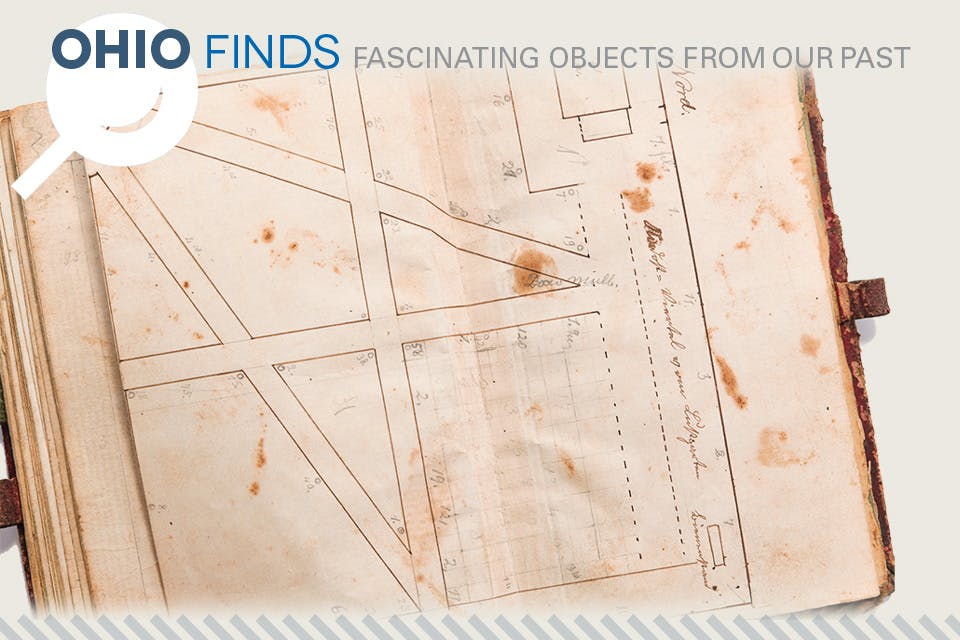
Ohio Finds: Zoar Garden Notebook
This personal notebook chronicles the work of Simon Beuter, who cared for the German Separatists community’s expansive garden. READ MORE >>


